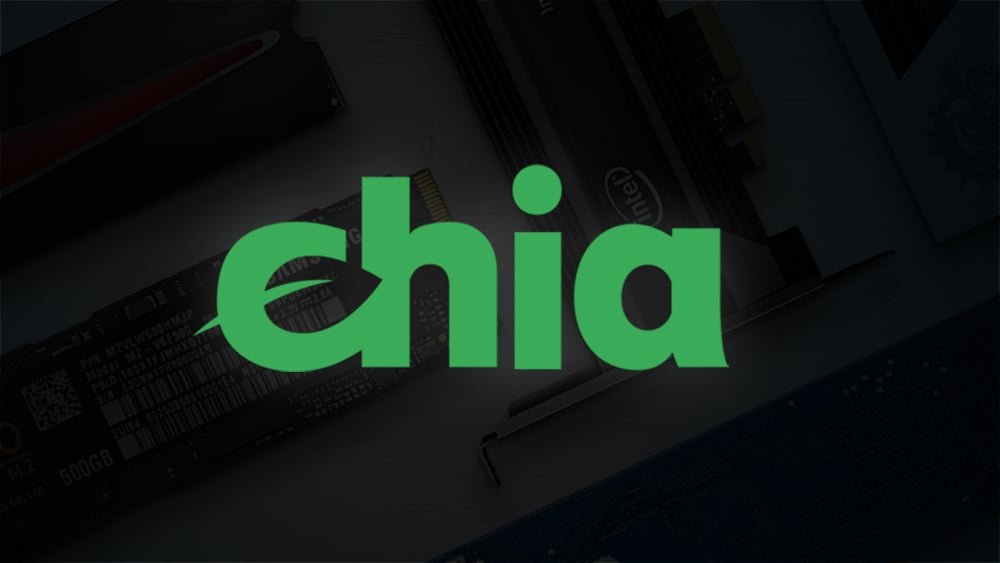Chia was established as a green alternative to Bitcoin (mining Chia uses significantly less electricity, especially in the “farming” stage) bitcoin manufacturer Bram Cohen. Memory and NAND manufacturers must have a field day, and there are no signs of stopping at all with Chia Net Space; we can only ask readers to buy NVME and storage at the time of purchase.
Chia is the first popular cryptocurrency you can dig into storage. If you have something to buy GPUs, this market could soon go into an additional demand / on-supply situation. So if you are looking to build a DIY shortly, we recommend buying your NVMEs / HDDs before they run out. This is truly the worst time to be a DIY gamer.
Chia cryptocurrency made headlines a month ago when hard disk drives began to run out of stock in certain markets in Japan. At that time, the size of the cryptocurrency network was below 600 petabytes. The network has grown instantly from 600 PiB to 10 EiB in one month – an absolutely insane amount of storage space. Oh, and seeing how Chia works means that a metric ton of NVMEs was involved in the plotting stage (more on that below).
The Chia Network has so far written 186 Exabytes of data (mostly NVME).

Let us first take a look at some of the basics. Mining chia is involved in two distinct stages. The first stage is called plotting. Another term for writing lottery tickets (known as plots) in Chia is plotting second-stage farming (where you sit and wait, your plots hoping to win a block). Plotting is heavily reliant on the processing power available, RAM and most importantly, a fast temporary drive. The most common-sized plot is K32 or 101 GiB. To write 1 K32 plot, you would need at least 2 threads, around 3.4 GiB of RAM and roughly 1.6 TiB of writes. Yes, you read that right. Writing 1 K32 plot burns 1.6 TiBs of writes off your NVME.
So anyone planning to write 100 TIB plots (or 1010 plots) will burn through 1.6 petabytes of NVME! That means the NVMEs absolutely eat for breakfast at the stage of chia plotting. For example, the Samsung 970 EVO Plus (1TB), e.g., is rated at 600 TBW (total terabytes written) and can only write 375 chia K32 plots before burning out. Of course, once the final K32 plot is ready, you need to store it permanently before you can farm it, and that is where your hard drive space comes in.
Think again. A network space size of 10 EiB means there are about 105,891,699 K 32 plots (actually, there is also a mix of K33, but that doesn’t change the calculation much, so let’s not go into it right now. To create K32 plots each, you need to write 1.6 TB. In other words, people have already written 186 Exabytes valuable NVMEs to get a total of 10 Exabytes Chia net space output!
Now many people are conspiring directly on HDD, to be fair, so * all * of this writing didn’t happen in NVME Flash. However, plotting in HDDs is a prolonged job, and the most serious mining work using 250 plots NVME daily can safely assume that most of these writings were in flash memory.


